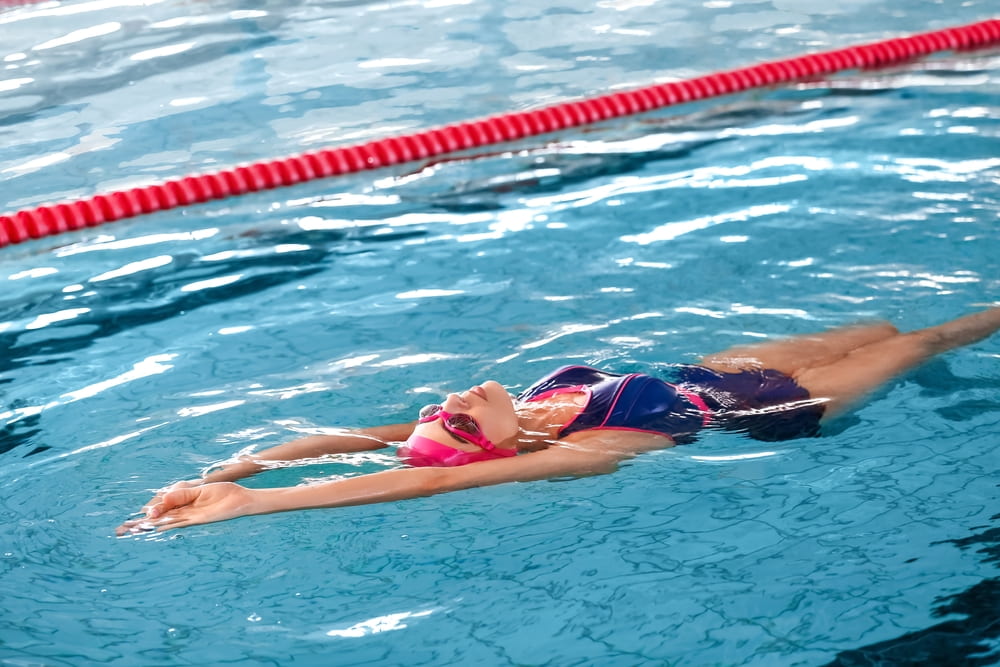Recovery Done Right: How Swimming Can Help You Bounce Back Faster

Whether you’re a beginner or an experienced athlete, recovery is an essential part of the process, be it after a grueling game or a tough workout. When you’re sore from lifting weights, running, or competing, that’s where swimming comes into play. It offers a low-impact, full-body solution to reduce your muscle stiffness and speed up recovery. The magic lies in the buoyancy of water, which takes pressure off your joints while at the same time promoting blood flow and healing. Plus, it’s incredibly relaxing.
So, if you’re looking to feel refreshed, recover faster, and stay on top of your game, visit your favorite fitness club with pool and dive in. Keep reading to learn more about how best to use swimming for your recovery.
Does swimming speed up recovery?
Yes, by improving your blood circulation, reducing muscle soreness, and easing joint stress, it can definitely boost your recovery. Here’s how:
Active recovery in water
After a tough workout or any workout at all, your body needs movement to recover, but it also needs a break from high-impact activities, which is where swimming shines. As the water supports your body weight, it relieves pressure on your joints and allows you to move freely. This low-impact environment helps flush out lactic acid and reduce muscle soreness without adding stress.
A slow, steady swim or even some water aerobics can get your blood flowing, speeding up nutrient delivery to your muscles and aiding in repair. Think of it as a gentle massage for your whole body, just way more fun.
Improve range of motion
Intense training can sometimes leave your muscles feeling tight and therefore limit your flexibility. With every stroke, swimming naturally promotes a full range of motion as it gently stretches and lengthens them. You can maintain flexibility and strengthen them with movements like freestyle stroke or backstroke, which engage your shoulders, chest, core, and legs.
If you’re in rehab, swimming can be especially beneficial for rebuilding your mobility. It’s a safe way to keep active while giving your body the care it needs to heal.
Boost cardiovascular recovery
If you want to give your heart a workout without overloading your system, swimming is the way to do it. Light sessions increase your heart rate and circulation, which helps efficiently deliver oxygen and nutrients to your muscles. This can boost your recovery and keep you in shape even on your rest days. Moreover, rhythmic breathing has a calming effect on your nervous system, helping you reduce stress and also recover mentally.
Promote relaxation
Recovery isn’t just about your body. It’s about your mind too. Sometimes heavy workouts can be mentally draining, but swimming is a fantastic way to unwind. The water’s soothing effect, together with the repetitive, rhythmic nature of swimming, can help calm your mind, reduce stress, and leave you feeling refreshed. And even if you’re not doing laps, just spending some time in water – floating, stretching, or doing light exercises – can have a meditative effect.

Looking for a cutting-edge fitness club with pool?
Whether you’re considering combining weight training with swimming, wondering how swimming can help you improve fitness, or what the most important health benefits of swimming are, Plunge San Diego is your place to go. Our experienced team is here to provide you with tailored private and group swim lessons and make sure you get exactly what you need. Whether you’re close to the Museum of Contemporary Art San Diego or in another SD area, stop by our club, and learn more about how we can help you. Call today!